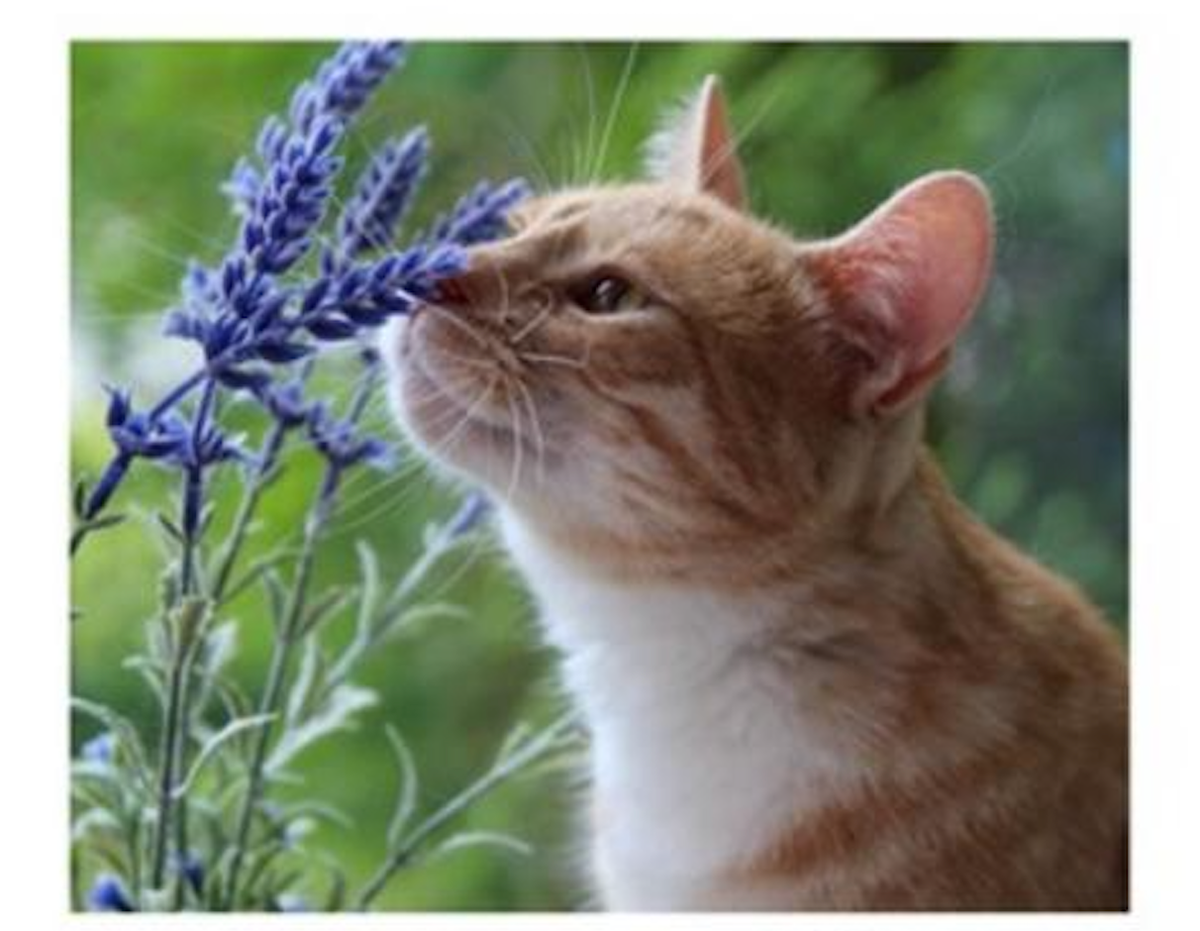Scientists explain how your house cat gets its supreme sense of smell

A house cat’s nose functions like a complex, highly efficient chemical analysis equipment, to give the felines their efficient sense of smell, according to a new study.
Until now the exact mechanism by which mammalian noses, which have convoluted channels through which air passes, enable odor detection has remained elusive.
While previous studies have hinted that the nose detects odors in inhaled air similar to a gas chromatography instrument, the exact parallels between the two in mammals has been unclear, say researchers, including those from The Ohio State University in the US.
In the new study, published in the journal PLOS on Thursday, scientists developed an exact three-dimensional computational model of the nose of a domestic cat based on high-resolution CT X-ray scans of an actual cat’s nose.
Simulations of air and odor flow via the virtual cat nose revealed that it functions in a similar way to a gas chromatograph instrument with multiple branching-off tubes.
They found two distinct regions of airflow: respiratory air that gets filtered and spreads slowly above the roof of the mouth on its way to the lungs, and a separate stream containing odorant that moves rapidly through a central passage directly to the region sensing smell toward the back of the nasal cavity.
Scientists measured how much flow goes through specific ducts – one duct that delivers most odorant chemicals into the olfactory region, versus the rest.
“For respirant breathing, turbinates branch to divert flow into separate channels, sort of like a radiator grid in a car, which would be better for cleansing and humidifying,” study co-author Kai Zhao said.
“But you want odor detection to be very fast, so there is one branch that delivers odor at high speed, potentially allowing for quick detection rather than waiting for air to filter through the respiratory zone – you could lose most of the odor if air has been cleansed and the process is slowed down,” Dr Zhao said.
Researchers found that the multiple complex channels could be about 100 times more efficient than having a single straight tube as seen in amphibians.
“The cat nose probably has a similar complexity level as the dog’s, and it’s more complex than a rodent’s – and it begs the question – why was the nose evolved to be so complex?” Dr Zhao said.
If a cat’s nose only had one straight tube for odor detection, they say it would need to be longer than the physical size of the head for its odor detection to be as efficient as it actually is.
“It’s like you take a sniff, the air is shooting back there and then is being processed for a much longer time,” the Ohio State University researcher explained.
The findings, according to scientists, deepen our understanding of how the evolution of more convoluted channels enabled the feline’s enhanced sense of smell.
For all the latest Science News Click Here
For the latest news and updates, follow us on Google News.

